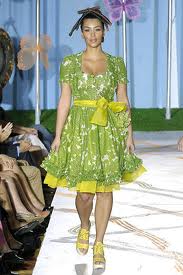Kids, planet, teachers.
There has been quite a furor in education lately about grading teachers at their job – I believe the vernacular is teacher assessment. Why ever would we grade teachers as to their ability to get students to learn? There are so many other factors that contribute to learning, says the teacher union.
In other news, the obesity rate among children in Mississippi public schools is down 13% from 2005-2011, though it is still high. How would we know this if not for data – or a grade. School fryers were replaced with school steamers and the state made a bunch of other healthier food and preparation choices. So we can grade food service, relative to its “goaled” effectiveness, but we can’t do it for teachers?
This is goofy and apocryphal. By this logic teachers shouldn’t be able to give students grades because there are so many contributing factors as to why they don’t test well.
There are no black and whites, agreed. But that is no reason to keep the lights partial on. It’s big data time. Let’s measure what hurting us. Then do something about it. Can you say greenhouse gases?
Kids, planet, teachers. Peace.



